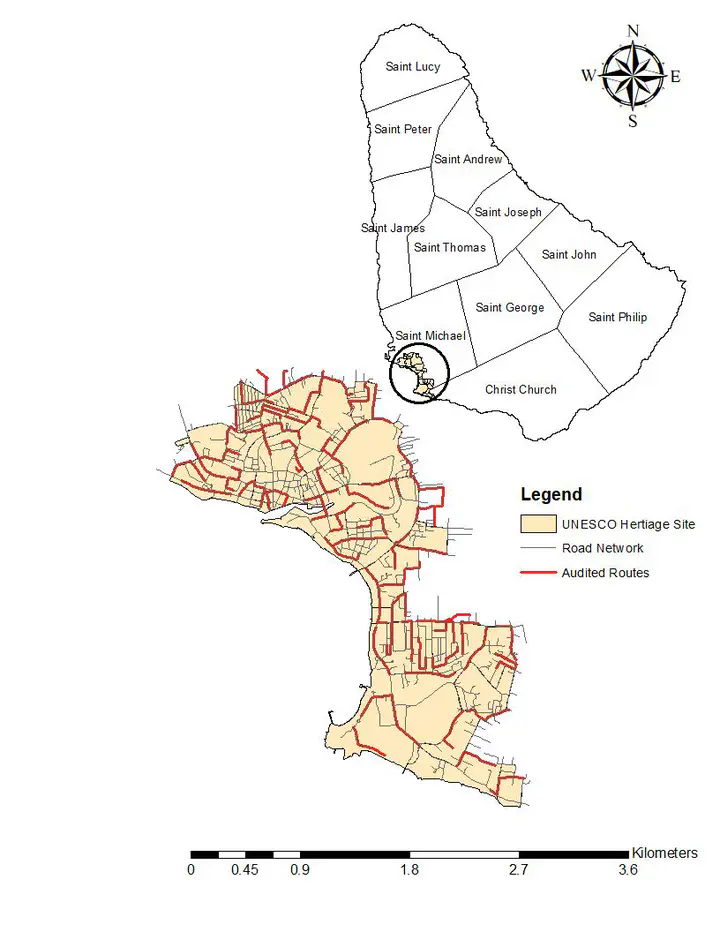Walkability in a United Nations Heritage Site.

Walkability in a UN World Heritage Site.
An assessment of walkability in the UN World Heritage site of Bridgetown and the Historic Garrison
Efforts to reduce obesity and diabetes by promoting diet and exercise amongst individuals have been met with limited success, prompting a search for strategies to curb these epidemics at a wider, population level. We are increasingly aware that interventions should acknowledge the interaction between individuals and their environment, and there is growing interest in redesigning the built environment to offer more opportunities for physical activity and healthy eating. Neighbourhoods that support pedestrian activities – for example those with well-connected streets, high population density, and destinations within walking distance – are associated with more walking and reduced car use. And importantly, more walkable environments have been linked to lower levels of obesity and diabetes.
The Caribbean is one of the most highly urbanised regions in the world, with 70% of its population living in urban settlements. The high proportion of Caribbean residents living in urban centres belies the popular representation of Caribbean life, a fact which may give insight into the low priority given to urban-specific policies and planning. The city of Bridgetown represents the major urban community of Barbados, with a population of 110,000 – more than 1/3 of the overall population. Bridgetown and its surrounding Garrison area attract a significant number of visitors each year, and its creolized architecture and rich historical past earned its 2011 inscription to the UNESCO World Heritage List. It is not clear how effectively this urban area supports pedestrian activities.
We have started an investigation of the walkability of the Bridgetown and Garrison UNESCO site, using a combination of complimentary methods.
- We are measuring walkability of the area using objective, standardised criteria,
- Individual perceptions of the walkability of their neighbourhood. This involves 2 qualitative substudies: (a) Photovoice focus groups, and (b) Interviews with seniors.
- Actual activity levels among these same individuals.